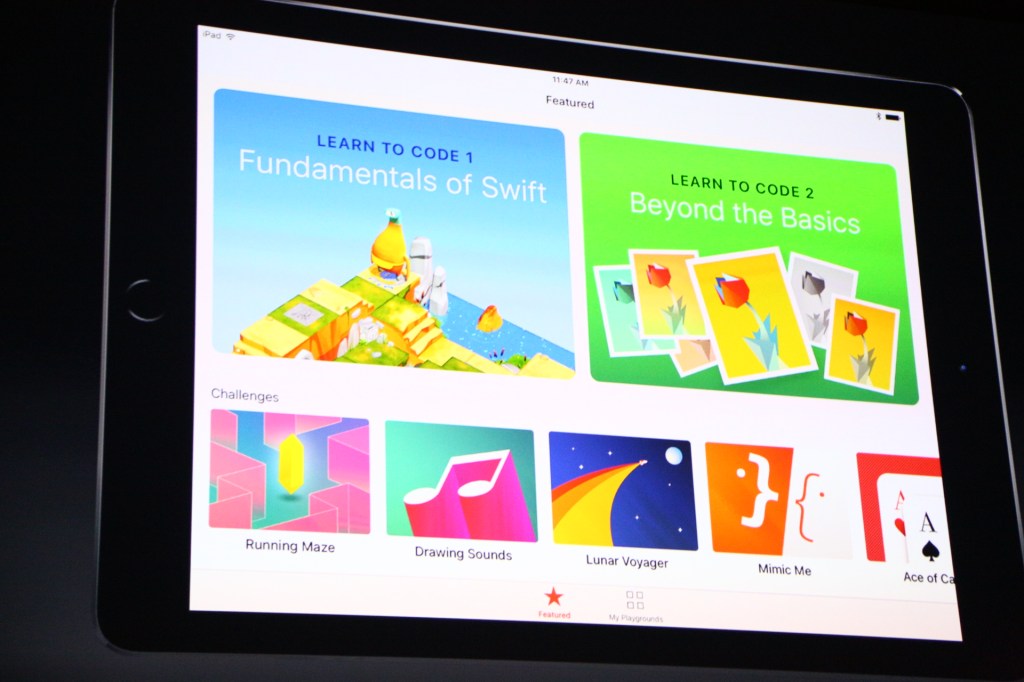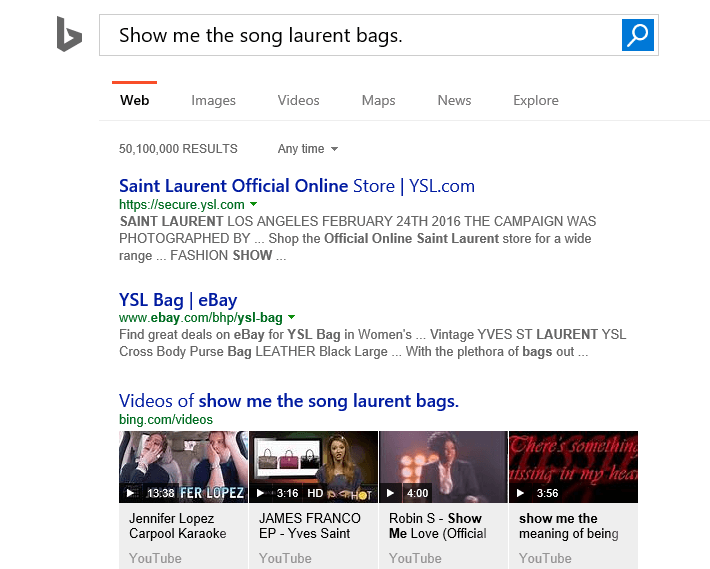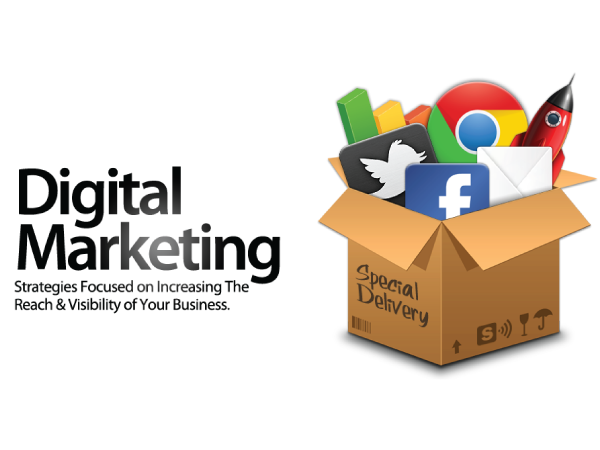You’re about to launch your new website. You have a fantastic idea/product and a great team. You understand the basics of SEO. But you think you cannot do SEO without a live site. It is impossible, right?
Actually… no!
It is more than possible. In fact, it is critical.
Way too often, website owners fail to do pre-launch SEO. This results in a poor index of their site. So instead of jumping up in the rankings, their site is ignored by Google and the other search engines and buried deep in the results. They then are stuck with a long climb, even, in many cases, for their branded terms.
Following are seven smart ways to jump-start your SEO before your site launch, and I’m going to show you exactly how to implement each one.
1. Create a “coming soon” page and optimize the basics
Creating a strong, optimized “coming soon” page should be one of the very first things you do as you contemplate your new site. There are lots of reasons why this is important:
- Search engines give older sites more authority. Remember, it takes time to get ranked by the search engines, so start doing it with your “coming soon” page to cut some wait time after your launch. Robots don’t care if there’s a “coming soon” message on the page; they care about the content, keywords and user experience.
- Your coming soon page is a source of leads. Include a strong call to action here and entice visitors to fill out a lead form, perhaps by giving them something like a PDF guide, a video, an entry in a giveaway or detailed infographic in exchange. Keep adding to this leads list and nurture these leads throughout the process of getting the site done.
- This page can help build your brand. Express all of the information on your page in your brand’s voice. Use high-quality images on the page. Make sure all messaging is on point.
- You can begin to connect with users, even without a full site. Connect your “coming soon” page to your social media presence. Use your growing social media circle to create buzz about the new site and your content. Engage with people to entice them to visit the site as soon as it’s launched. Let everyone know that something big is coming soon.
- You can showcase press mentions and make it easier for press to contact you. Include a media kit on your “coming soon” page. Your media kit should be attractive, colorful and easy to access. It should include all of the basics about your business and website, and this is yet another chance for you to optimize content on this page with rich, descriptive content. In your press kit, include:
- logos that media contacts can download and use;
- all contact information for you and the business;
- your mission statement and company overview;
- a FAQ section, bios for you and your core staff; and
- a summary of media coverage to date.
Update the kit frequently. Not only will this ensure that it is more complete, but it’ll lead search engines to see fresh content here regularly. Make sure to do the kit on standard web pages so that it can be linked to and ranked.
If you’re still not convinced, remember: Google has advised webmasters to use a “coming soon” page in the past.
2. Build out all your social media profiles
It is absolutely critical to start building your social media community before your site launches. You want to make sure that you already have a loyal following who is invested in your business when the launch happens.
By engaging your audience on relevant social media platforms and sharing great content, you are fostering trust in your brand and business and furthering your reputation as an authority.
Make sure you have complete profiles on all of the biggies (Twitter, YouTube, Facebook, LinkedIn, Google+) and any of the other platforms that specifically speak to your target audience.
Connect each profile with your “coming soon” page, and make it simple for people to follow your social media presence and get updates about the launch by just clicking a button.
3. Get (at least) 10 blog posts ready
Well-optimized, actionable content will bring tons of organic traffic to your site even when it’s still very new. There is no shortcut here; you need your content to be high-quality. And while you need to keep that content coming long after the site has launched, you should already have a healthy content reserve in place at launch.
This is because the web crawlers will be visiting your site to index it right away, and you want them to have plenty of information-rich content to index from day one. Long-form content, in particular, is going to provide a depth to your brand-new site that can’t be replaced, and it simply ranks higher in search results.
Also, in some cases, it is a good idea to start a blog pre-launch. This will allow you to do pre-launch announcements, add continual fresh content and build up a little SEO authority and buzz.
Hopefully, you will also be able to attract some links. In addition, when you start doing press releases, you will have your blog ready so that news sources and consumers can refer to it for more information.
4. Create all your pages, and make sure they are optimized
Along these same lines, you need multiple pages within your site, and each must be optimized. Include long-form, high-authority content that your target visitors will use on each page. Don’t reinvent the wheel from page to page; instead, make sure each page is focused and useful.
Remember to use keywords, long-tail keywords in particular (Your site will not rank for large terms right away), on every page and in page titles. Put your keyword database for your site to work on every page. You want to make sure you’ve created a fantastic, optimized page for every possible aspect of the business before the launch happens.
Then, when you go live, search engines will index the pages properly and (hopefully) give you some initial rankings.
5. Guest blog to build links to your domain
When I bring up guest blogging to build links to your domain, I’m not talking about spammy self-promotion. I’m talking about producing some of your best work to share with the audiences of sites you admire.
When done properly, guest blogging is a fast, powerful way to generate traffic to your site and leads for your email list. It also allows you to build your credibility and eventually become an influencer.
Search for the best guest blogging opportunities by checking the sites in your niche and finding out what kinds of guest posts they’d like to see. You can also search out the keywords and phrases that you want to be associated with to see where people read and write about those topics.
Finally, you can simply search for “guest blogging opportunities” or “write for us,” along with your niche keyword or phrase.
6. Put your site in key, niche directories
This step is critical before your launch. A directory simply lists sites and businesses and breaks them down using categories and sub-categories.
By getting your website listed in the right ones before launch, you will have built authority to your “coming soon” page that will be transferred to the rest of your pages when they go live.
If the directory is well-known and widely used in your area of business, it will be worthwhile. But don’t pay for just any directory. Make sure you know the directory is a real powerhouse in your field before paying.
7. Sign up for core sites
These core sites include, but are not limited to, the following:
- Google +
- Yelp
- Best of the Web
- Bing Places
There is a great service called KnowEm, which can help you do this more quickly.
The Checklist
There are a lot of things you can do prior to launch; I have not added every idea under the sun here. But this is generally a good checklist to build upon:
- Create a “coming soon” page.
- Create a media kit.
- Get 10 blog posts ready, or just start blogging one to five times a week pre-launch.
- Create and optimize all your pages on the back end before you launch.
- Guest blog (shoot for one to four posts a month for the three months leading up to launch).
- Sign up for niche directories.
- Site up for core websites.
- Do a series of press releases (product or company updates, benchmarks and so on).
- Create YouTube videos if relevant.
- Send products to bloggers to review before launch.
- Pay for pre-launch advertorials, if possible.
- Start building an email newsletter and send out updates.
- Get in the press. (Craft your story and pitch it to editors. Respond to Help a Reporter Out requests and promote your product.)
Post-launch bonus: Remember to use metrics to monitor your results
The time immediately following your launch is crucial to your success. This is the time you must monitor your traffic, assess your results with metrics and test/tweak your strategy. Don’t lose time here. Stay on top of it.
Watch for red flags like these:
- unusual dips and gaps in traffic, as well as general trends;
- losses in keyword ranking;
- spikes of 404s which signal crawl errors; and
- unusually slow pages on the site that may be getting missed in the indexing process.
Also, make sure you have a great launch strategy. This will be the time to really hustle.
A little more wisdom…
One of the worst things you can do is launch an unoptimized site. Ask yourself this: How many websites do you think are launched a year?
You want to stand out, and to do it right, you need to have an optimized site. And not just optimized a little, you need to really put in the time. If you are new to the online space, make sure you work with someone with experience, so you have an optimized site and a great pre-launch SEO strategy.

























